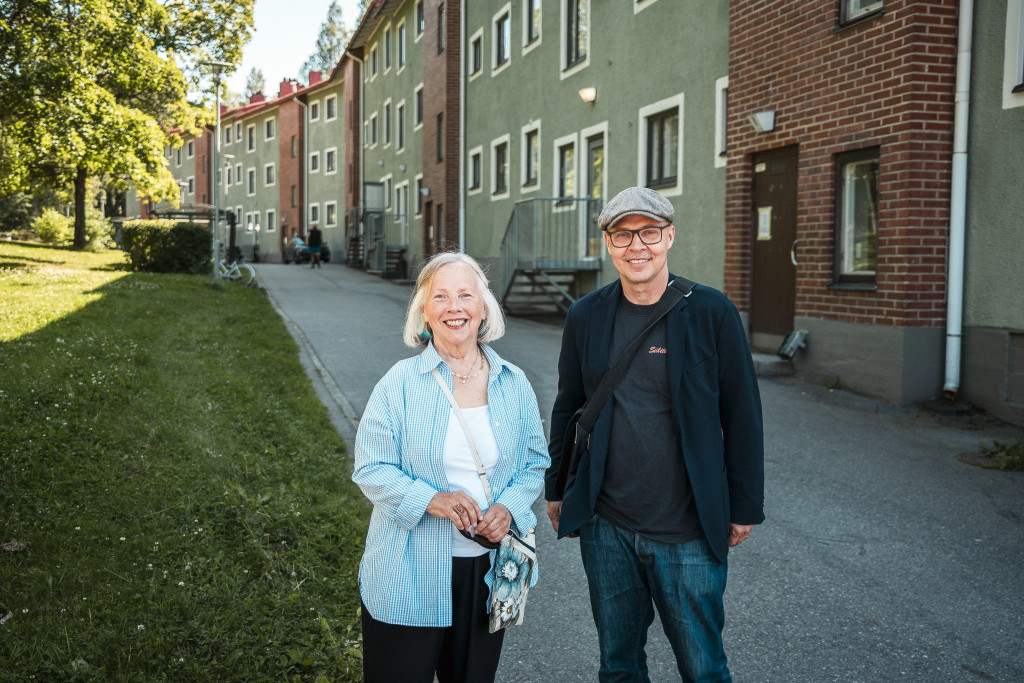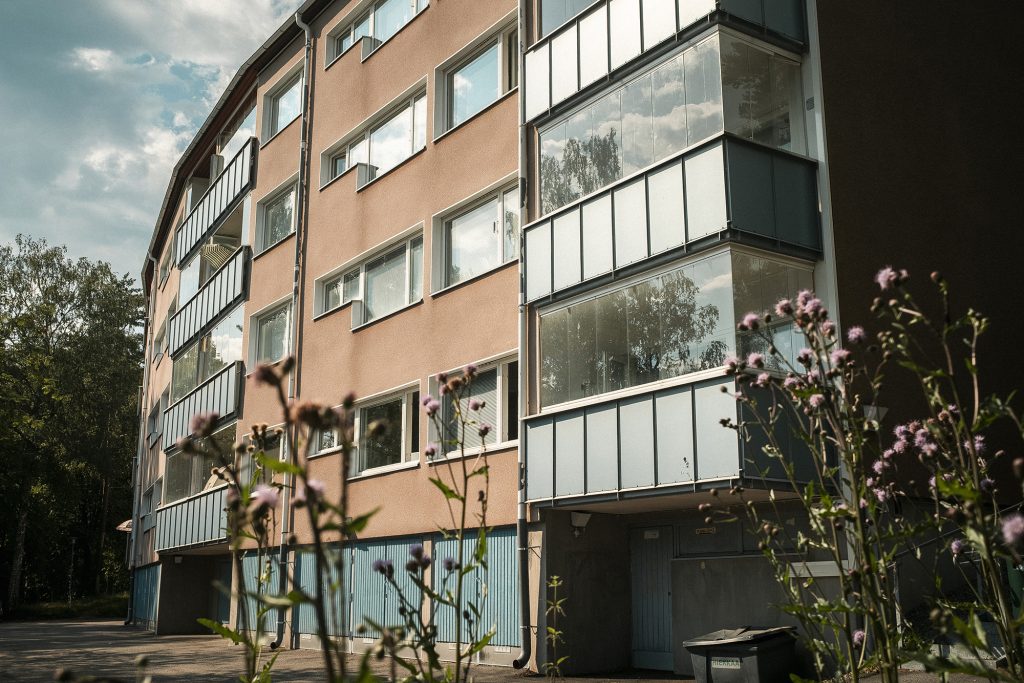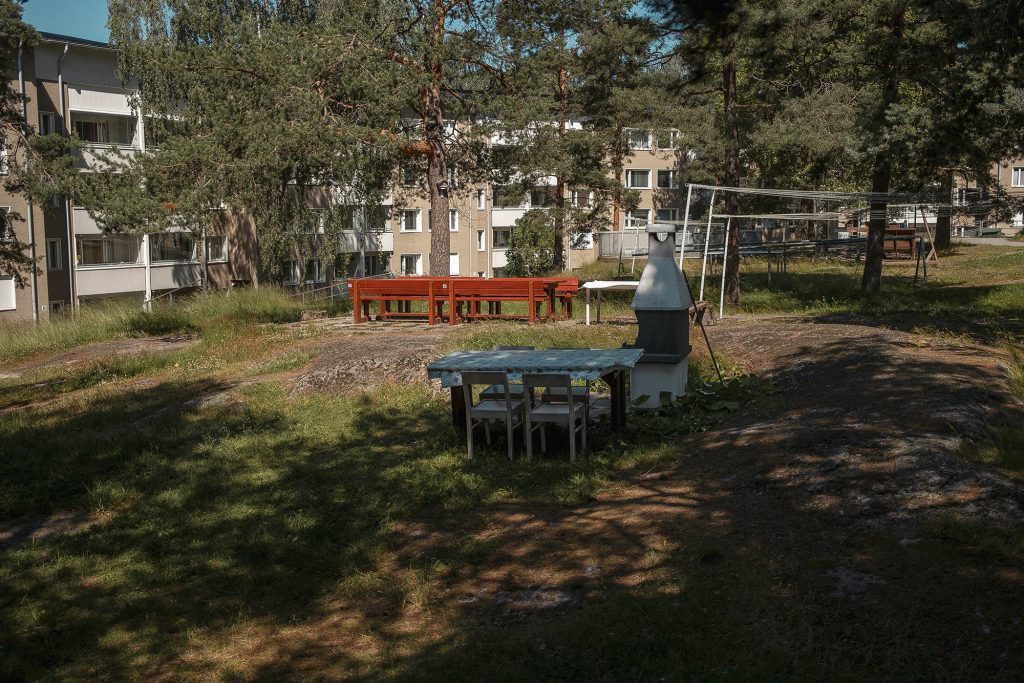The 70-year-old Siilitie area has stood the test of time
The City of Helsinki built the first building on Siilitie in 1956. Ritva Nikola, who has lived in the area since 1957, and Juha Kesänen, the author of the history of Siilitie, explain the secrets behind its charm.

The City of Helsinki built the first building on Siilitie in 1956. Ritva Nikola, who has lived in the area since 1957, and Juha Kesänen, the author of the history of Siilitie, explain the secrets behind its charm.
“I moved to Siilitie on 15 December 1957, when I was ten years old. We moved here from the outskirts of Espoo. Having a bathtub and hot running water was simply wonderful,” says active resident committee member Ritva Nikola.
Siilitie has been one of the most important places in her life.
Juha Kesänen, who has studied and written a history of the Siilitie area, continues:
“This area was a big improvement in the living conditions of the people who moved here. Many of the residents moved here from poor housing conditions, even from buildings nicknamed as bed bug palaces.”
Like many other streets in the area, it was named after a native wild animal, the hedgehog.
The name of Siilitie was confirmed in 1955 and, like many other streets in the area, it was named after a native wild animal, the hedgehog.The first Heka house, Siilitie 1, was completed on the street in 1956. Six other Heka buildings were built alongside it in the 1950s and 1960s.

So Siilitie has been filled with everyday life and its celebrations for almost 70 years now.
Ritva Nikola has seen every one of these decades. Only her home and building have changed to accommodate the changing family size: Nikola has lived in all but two of Heka’s Siilitie properties.
“This has been a good place to live throughout the years. The people here have been friendly, and we have done many things together. Neighbourhood help has been available for both families with small children and older people,” Nikola says, explaining why she feels so attached to Siilitie.

Stairwells from A to Ö
And Siilitie really does look charming. The lush streets are lined with buildings, the architecture of which has stood the test of time. The courtyards are large, showcasing nature’s own cliffs and hills. The local residents have also planted flowers in the building courtyards.
“I think the newer houses fit in nicely with the landscape here, too. The buildings here have been built with nature and the landscape in mind,” says Kesänen.
The facades of Siilitie’s Heka buildings hide many different types of homes behind them. The seven locations have a total of 1,699 apartments.
The Siilitie 1 building has especially many sections, running from stairwell A to stairwell Ö.
Nikola says that there is a story where a man in Helsinki was trying to get home in the early hours of the morning, and a taxi driver had a hard time believing the man when he tried to give his address: ‘Siilitie one Ö Ö’.Nevertheless, this address really does take you to the Siilitie building.

Siilitie has changed in many ways over the past 70 years.
The building basements no longer have dairy and butcher shops. The nearby Hilleri Playground now has a small trampoline where there used to be a swimming pool, and the number of children playing there has also fallen since the 1960s. And the houses no longer have their own live-in building caretakers to ‘keep everything and everyone in line’, to paraphrase Nikola.
This has been a good place to live throughout the years.
Ritva Nikola
A major change in the area was the arrival of the metro in 1982. Siilitie was no longer just a street among many others, but now also a metro stop.
“The city centre used to be far away from Siilitie, but the metro brought it closer, in a way. On the other hand, the Itäkeskus area has also seen a great deal of development, so you don’t always have to go to the city centre to run your errands,” says Kesänen.

Community spirit still remains
Yet some things remain unchanged on Siilitie. The area has managed to maintain the sense of community and a good atmosphere throughout the years.
Nikola is involved in the resident committee operations, which contribute to the area’s level of comfort. As an example of their achievements, the sauna of Siilitie 5 now has a small seating area for cooling off in front of it, adorned with planted flowers. The gym is also maintained by the committee. The resident committee also organises volunteer work days and other events.
“It takes some active work, but people are usually eager to join,” Nikola says.
The area also retains a charming closeness to nature. Nikola points towards a lush green building yard. “That is a lovely place to spend time.”
